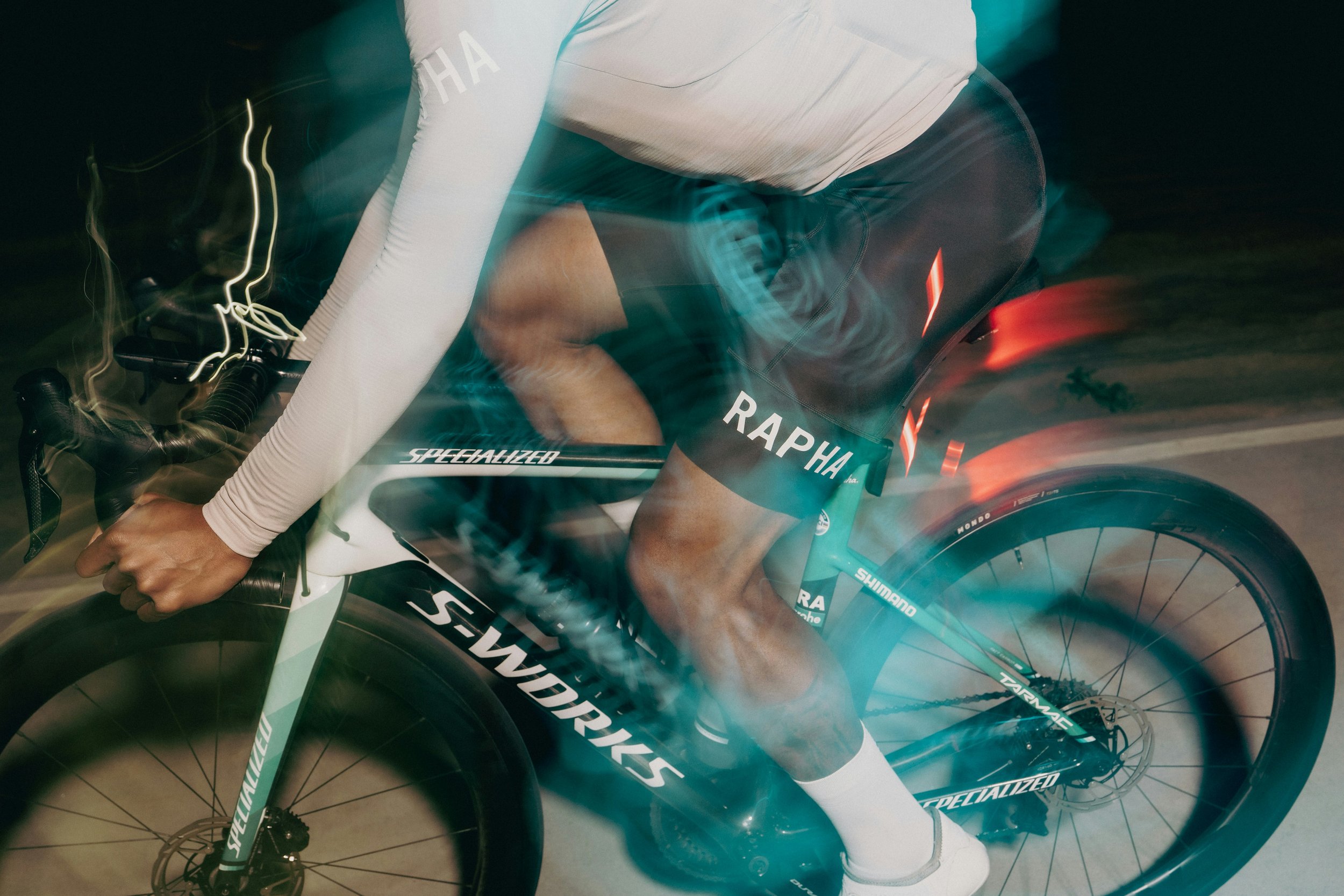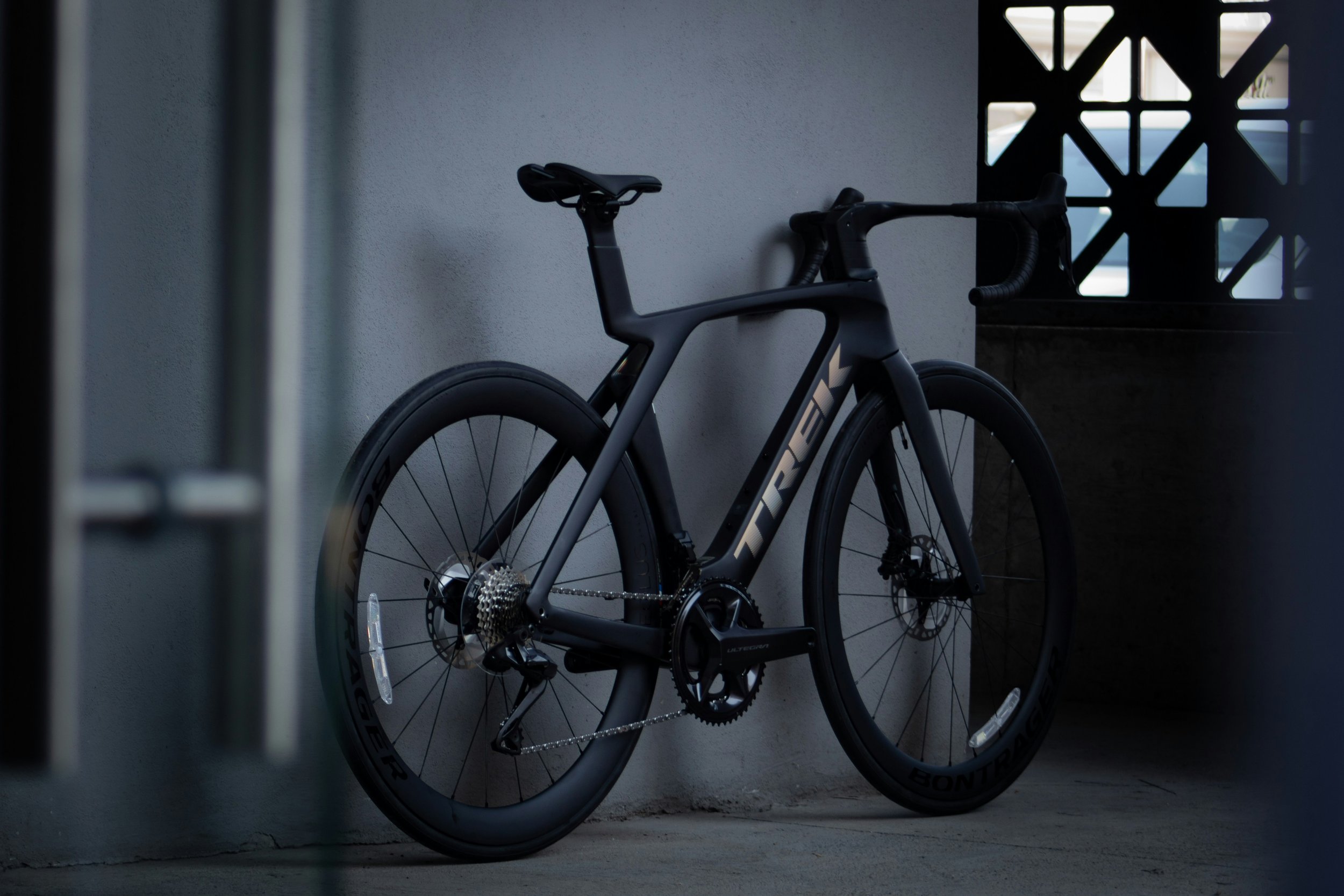Winning the Climb: Technical SEO for High-Performance Cycling E-commerce
Selling high-performance cycling gear online isn't just about showcasing the latest carbon frames and aerodynamic components. It's a fiercely competitive market where visibility is paramount. Your potential customers – dedicated cyclists, tech enthusiasts, performance seekers – are meticulously researching groupsets, wheelsets, and power meters online. If your e-commerce site isn't technically sound, you're effectively riding with the brakes on, invisible to search engines and losing ground to competitors.
At Gear Labs Marketing, we understand that for high-end cycling brands, technical SEO isn't just a nice-to-have; it's the meticulously tuned machine your entire digital presence relies on. It's the marginal gain that pushes you ahead in the search rankings. Forget flashy marketing tactics for a moment; let's talk about building a rock-solid technical foundation that Google loves as much as cyclists love a smooth descent.
Why Technical SEO is the Frame Your E-commerce Site is Built On
Think about the demands on a high-performance cycling site:
Complex Product Hierarchies: Bikes, components, apparel, accessories – often with intricate variations (size, colour, specs).
High-Resolution Imagery/Video: Essential for showcasing premium products, but potentially heavy.
Detailed Specifications: Customers need precise technical data.
User Expectations: Performance cyclists expect a fast, seamless online experience, just like they expect performance from their bike.
If your site is slow, hard to navigate (for users and search engine crawlers), or riddled with technical errors, you'll suffer from poor rankings, high bounce rates, and lost sales, no matter how amazing your products are.
Tuning Your Technical SEO: Key Tactics for Cycling E-commerce
Need for Speed: Page Load Time Optimisation
Cyclists obsess over grams; Google obsesses over milliseconds. A slow site kills conversions and rankings.
Image Optimisation: Compress images without sacrificing quality (use modern formats like WebP).
Code Minification: Remove unnecessary characters from CSS, JavaScript, and HTML.
Leverage Browser Caching: Store static files locally on users' browsers.
Reduce Server Response Time: Optimise your hosting, database queries, and server configuration.
Content Delivery Network (CDN): Distribute site content across multiple servers globally for faster loading.
The Gear Labs Take: Speed isn't just a feature; it's fundamental. Aim for Core Web Vitals (LCP, FID, CLS) in the 'good' range. Use tools like Google PageSpeed Insights and GTmetrix to diagnose and fix issues.
Mobile-First Indexing: The Peloton is on Phones
Google primarily uses the mobile version of your site for indexing and ranking. Your site must be flawless on mobile.
Responsive Design: Ensure your site adapts seamlessly to all screen sizes.
Easy Navigation: Implement touch-friendly menus and buttons.
Readable Text: Ensure font sizes are legible without zooming.
Avoid Intrusive Pop-ups: These can harm the mobile experience.
The Gear Labs Take: Test your mobile site rigorously. What looks great on a desktop might be unusable on a phone. Think mobile first, not as an afterthought.
Crawlability & Indexability: Clearing the Course for Googlebot
If search engines can't find or understand your pages, they can't rank them.
XML Sitemap: Submit an accurate, up-to-date sitemap listing all important URLs.
Robots.txt: Use this file correctly to guide crawlers, ensuring they aren't blocked from essential content (but do block non-essential areas like duplicate filters).
Internal Linking: Create a logical link structure that distributes authority and helps crawlers discover deep product pages. Link from category pages to products, and between related products or blog posts.
Handle Faceted Navigation (Filters): Use techniques like rel="canonical" or AJAX crawling carefully to prevent creating masses of duplicate or thin content pages from product filters (e.g., size, colour, brand).
The Gear Labs Take: Make it effortless for Google to explore your site. Check Google Search Console regularly for crawl errors or indexing issues. A clean site structure is crucial for complex e-commerce inventories.
Structured Data (Schema Markup): Speaking Google's Language
Implement schema markup to explicitly tell search engines what your content is about. Essential for e-commerce:
Product Schema: Include price, availability, reviews, ratings, SKU, brand. This can enable rich snippets (like ratings and prices) directly in search results.
Breadcrumb Schema: Helps users and search engines understand site hierarchy.
Organisation Schema: Provides key business information.
Review Schema: Highlights customer reviews.
The Gear Labs Take: Structured data helps you stand out in search results and provides context Google needs. Use Google's Rich Results Test tool to validate your implementation.
HTTPS Security: The Safety Check
Non-negotiable for e-commerce. Ensure your entire site uses HTTPS (SSL certificate) to encrypt data and build user trust.
The Gear Labs Take: This is a basic requirement now. Browsers flag non-HTTPS sites as insecure, which deters customers, especially when entering payment details.
Duplicate Content Management: Avoiding Self-Sabotage
E-commerce sites are prone to duplicate content issues (e.g., printer-friendly pages, session IDs in URLs, identical product descriptions across multiple categories).
Use rel="canonical": Tell Google which version of a page is the preferred one to index.
Parameter Handling: Configure URL parameters in Google Search Console (use with caution).
Write Unique Descriptions: Avoid using manufacturer descriptions verbatim whenever possible, especially for category pages.
The Gear Labs Take: Duplicate content dilutes your ranking potential. Proactively identify and address it using canonical tags as your primary tool.
Measuring Your Technical Performance: Key Metrics
Page Load Speed Scores (PageSpeed Insights, GTmetrix): Track improvements over time.
Core Web Vitals (via Google Search Console): Monitor LCP, FID, CLS performance.
Mobile Usability Report (Google Search Console): Identify mobile-friendliness issues.
Crawl Errors Report (Google Search Console): Find pages Google couldn't access.
Index Coverage Report (Google Search Console): See which pages are indexed and why others aren't.
Rich Results Status Reports (Google Search Console): Check for errors in your structured data implementation.
Reaching the Summit
Technical SEO for high-performance cycling e-commerce is about precision engineering. It requires ongoing attention to detail, monitoring, and adaptation. By ensuring your site is fast, mobile-friendly, easily crawlable, secure, and speaks Google's language through structured data, you build the foundation needed to climb the search rankings and connect with cyclists actively searching for premium gear.
Is your website's technical performance holding you back? At Gear Labs, we specialise in fine-tuning the technical SEO engines of sports e-commerce sites. Let's talk about optimising your platform to outperform the competition and win the climb for visibility.




